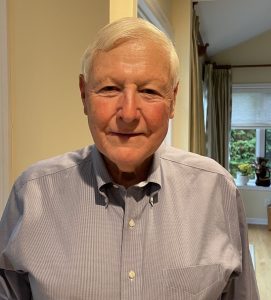By A. Craig Purcell
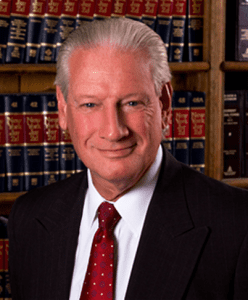
Why are we at Glynn, Mercep, Purcell and Morrison writing the first of a series of columns at this time concerning automobile and homeowner insurance issues? Because automobile insurance advertisements are more common then ever in contemporary media, and insurance companies are competing with one another more than ever in an effort to encourage customers to switch providers. This competitive industry is spending enormous amounts of money on television ads, social media, radio spots, print media, and online advertising to promote “the lowest rate on car insurance.”
Automobile insurance is unique in that it is required by New York State, as opposed to homeowner’s insurance which is not mandated by law. We are writing today to help members of our community navigate through the confusion caused by the inundation of advertisements across media platforms.
First, let me ask this question: what happens to you when you are seriously injured by a driver of another automobile who has a small or minimal liability insurance policy? Are you limited to the amount of that policy if you seek to recover for the pain and suffering caused by the accident? This first column will explain and emphasize the importance of obtaining adequate SUM coverage (Supplemental Under-Insurance) as part of your automobile insurance policy.
Supplemental Under-insured Motorist Coverage
What is SUM coverage? This is a mandated coverage for all New York automobile owners which can help compensate you for injuries sustained in an automobile accident. This coverage kicks in when the driver who caused your accident does not have sufficient insurance to adequately compensate you for the pain and suffering resulting from your injuries. SUM coverage is therefore crucial if you ever sustain injuries at the hands of a driver who is under-insured; i.e., does not have sufficient insurance to compensate you for your pain, suffering and permanent injuries.
For example, imagine that you are stopped at red light or stop sign and hit in the rear by another driver, or are going through an intersection with a green light when another driver runs a red light and hits you broadside. If the driver who caused the accident in these situations has minimum or near minimum liability insurance which would compensate you for your injuries, you may look to the SUM coverage in your own insurance policy for additional amounts.
Thus, if the person who caused the accident has a minimum $25,000 liability insurance policy, and your lawyers believe that your case is worth in excess of that amount, you can recover the difference from your own insurance company under the SUM coverage that is mandated by the State. However, you may only recover from your own insurance company if your SUM policy limits exceed those of the other driver’s policy.
What is significant in this regard is that if you also have minimum coverage, or don’t purchase sufficient SUM coverage to properly compensate you when an under-insured driver negligently causes an accident, you will be limited in most cases to the amount of the negligent driver’s insurance policy.
However, if for example, you have at least $100,000 in SUM coverage, then you can recover another $75,000.00 to compensate you for your injuries. That is $25,000 from the person who caused the accident and had a minimal policy, and another $75,000 from your own insurance provider.
As noted above, your insurance provider gets credit for any amount received from the person’s insurance company that caused the accident, thereby limiting your recovery somewhat. It is, therefore, very important to speak to your insurance company or broker to make sure that you have adequate SUM coverage in the event you are injured by a negligent driver who does not have sufficient insurance to adequately compensate you.
You should be aware of what the minimum relevant insurance policy limits are under New York law: $25,000 per person/$50,000 per accident for bodily injury coverage (same for SUM); $50,000 in Personal Injury Protection coverage; and $25,000 per person/$50,000 per accident uninsured/underinsured motorist coverage
Although insurance companies seem to be engaged in a pricing war to offer consumers the lowest policy premium rates, we worry that this trend will severely harm consumers, as lower rates often mean lower policy limits and less compensation if you are injured in an accident.
A. Craig Purcell, Esq. is a partner at the law firm of Glynn Mercep Purcell and Morrison LLP in Setauket and is a former President of the Suffolk County Bar Association and Vice President of the New York State Bar Association.

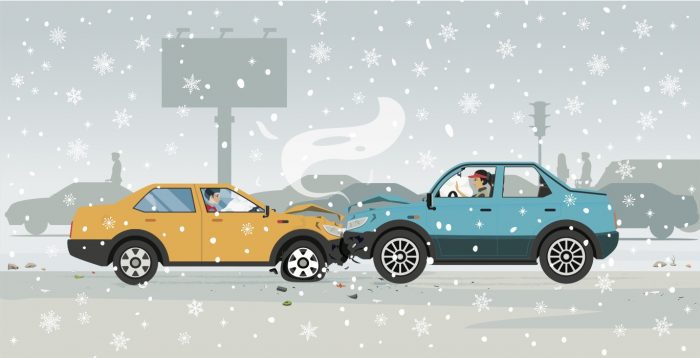







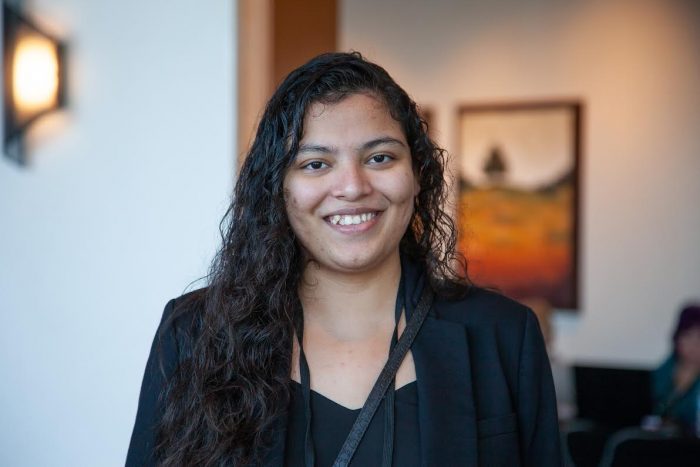
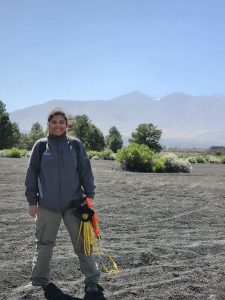

 Welcome to the 13th edition of Paw Prints, a monthly column for animal lovers dedicated to helping shelter pets find their furever home!
Welcome to the 13th edition of Paw Prints, a monthly column for animal lovers dedicated to helping shelter pets find their furever home!











